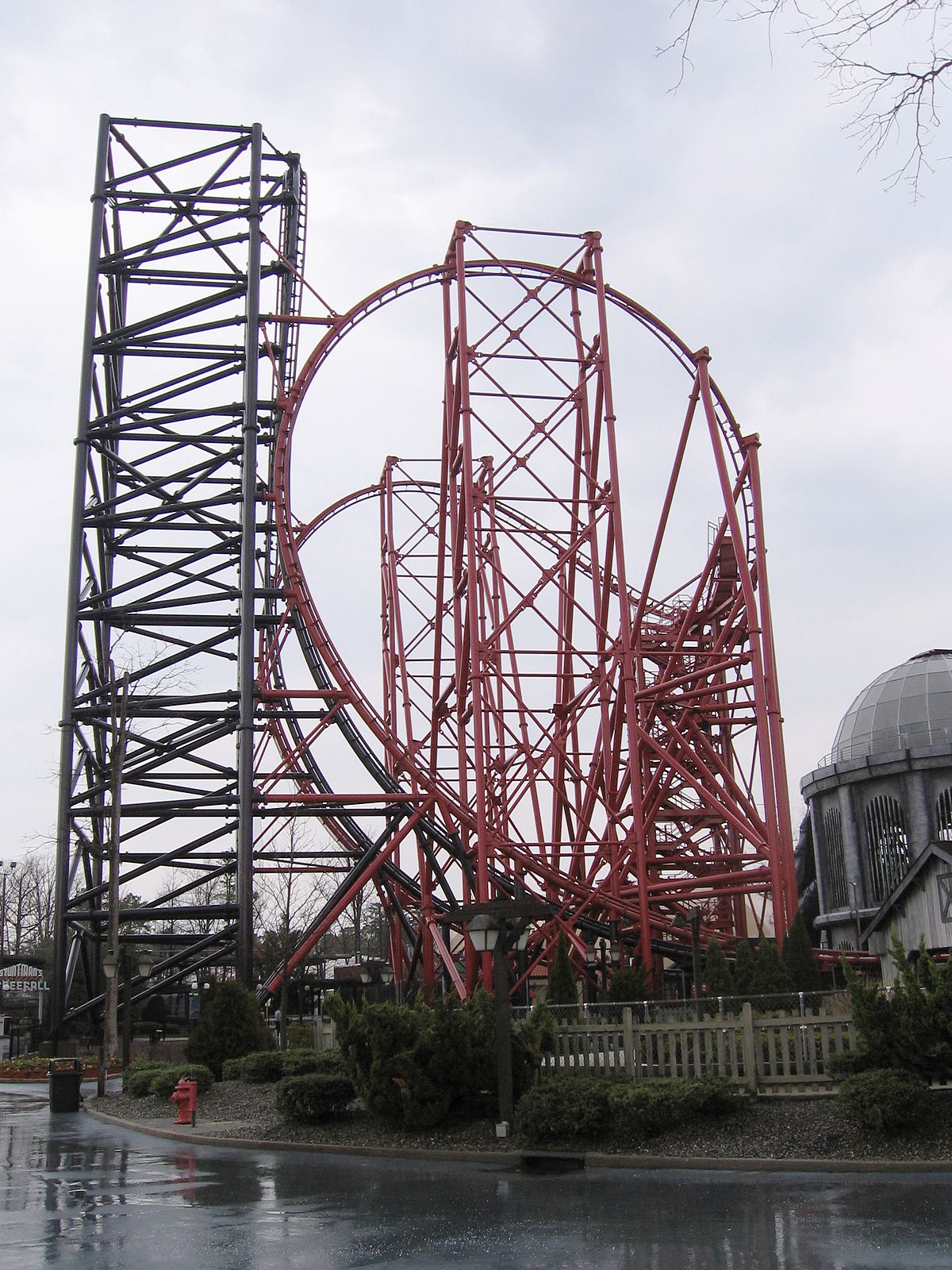What is a chiller and how does its system work? What are the different types of chiller systems? What type of refrigerant is used in chiller? A chiller is a machine that removes heat from a liquid via a vapor-compression or absorption refrigeration cycle. This liquid can then be circulated through a heat exchanger to cool equipment, or another process stream.
As a necessary by-product, refrigeration creates waste heat that must be exhausted to ambience, or for greater efficiency, recovered for heating purposes. A more efficient chiller is a major step along the path to reduce energy consumption and the building’s carbon footprint. Industrial water chillers are used in a variety of applications where chilled water or liquid are circulated through process equipment.
The air conditioning machine that cools the water is called a chiller , and it will be located in a dedicated machinery area somewhere in the building, on the roof, or outside. Not only do our chillers serve HVAC systems that deliver the right temperature, humidity and ventilation for the space, but they also help minimize operating costs with superior energy efficiency levels, low sound levels and with minimal environmental impact. Contact How can we help you? Whether you need to measure pressure, temperature, flow, level or weight, Siemens has best-in-class instruments to suit the unique needs of your plant or application - along with a global network of technical support available hours a day, days a week. A chiller uses a vapor compression mechanical refrigeration system that connects to the process water system through a device called an evaporator.
Refrigerant circulates through an evaporator, compressor, condenser and expansion device of a chiller. The refrigeration circuit is made up of four components: the compressor, the condenser, the expansion valve and the evaporator. Learn more about our water-cooled YORK HVAC chillers. This site uses cookies to offer you a better browsing experience. With non-ozone depleting refrigerant, simple installation, superior efficiency and powerful controls, these units are ideal for both replacement and new construction projects.
Our innovative chiller solutions are designed to bring efficient, reliable cooling to all types of large commercial applications. It is the condenser barrel where the refrigerant is condensed and sent back to the evaporator barrel to remove the heat. The process is in reverse in the condenser barrel.

The water absorbs heat from the refrigerant and allows it to condense. Designed for either roof or ground-level installation, this outdoor unit is highly efficient, environmentally friendly, and reliable. Chiller Systems Service, Inc. There are two types: water cooled chillers and air cooled chillers.
Both are refrigeration systems used to cool fluids or dehumidify air in both commercial and industrial facilities. The components that make up water-cooled chillers and air-cooled chillers are very similar. These systems provide chilled water for use in air conditioning or other cooling applications.
While some models of chillers are more energy efficient than others, all generate a valuable commodity: waste heat. A chiller can be generally classified as a refrigeration system that uses either a vapor compression or absorption cycle to cool. Both the absorption and the mechanical compression systems have the evaporation and condensation of a refrigerant in common. When it comes time to upgrade, expan or replace your equipment or HVAC process BCS is here to help.
Whether it be boiler installation, chiller installation, burner installation, or their systems having a diverse knowledge of product lines and system designs allow us to provide valuable insight. Industrial chillers are classified as a refrigeration system that cools a process fluid or dehumidifies air in commercial and industrial facilities. A chiller will use either a vapor compression or absorption cycle to cool. Trane air-cooled chillers offer different acoustic options to choose the level of sound treatment that meets each application requirements. Trane is an advocate of environmental sustainability and leading the industry in reducing energy footprint.

We’ve developed our air-cooled chillers with this intent in mind. A water-cooled cooling system. At the top of the cylinder head all the channels converge to a single outlet.
A pump, driven by a pulley and belt from the crankshaft, drives hot coolant out of the engine to the radiator, which is a form of heat exchanger. Unwanted heat is passed from the radiator into the air stream,.
No comments:
Post a Comment
Note: only a member of this blog may post a comment.